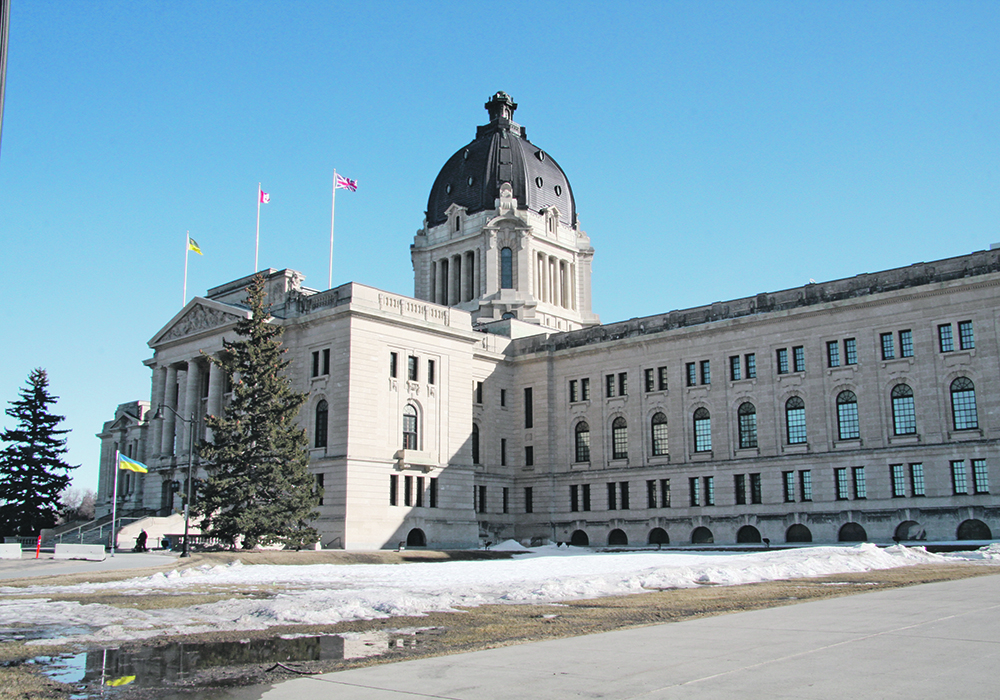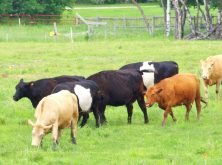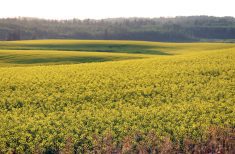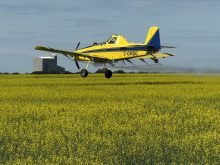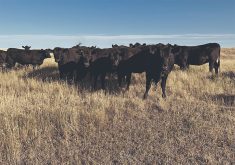REGINA — Agriculture spending in Saskatchewan is pegged at $1.5 billion for the upcoming fiscal year, up $81.7 million.
That includes ministry estimates of about $571 million, plus spending that occurs across government for agricultural programs.
The 2024-25 budget announced March 20 projects AgriStability costs will rise by $110 million, based on federal forecasts, and expects $7.1 million more in wildlife damage compensation payments.
Read Also

Alberta researcher helps unlock the economics of farming
Lethbridge Polytechnic researcher helping agriculture producers with decision-making tools in economic feasibility
The crop insurance program is expected to cost $33 million less because of lower commodity prices, but that will be partly offset by increased contributions to the reserve fund.
The crop insurance fund currently contains about $577 million, and budgeting considers average claims of $1 billion annually.
In 2023, the corporation took in premiums of $1.1 billion but had claims worth $1.85 billion due to drought in some regions.
The province reinsures the fund to make sure the program remains actuarially sound.
Finance minister Donna Harpauer said the budget is based on historical data, and “then I pray, a whole lot.”
She has always maintained a crop failure is her worst budget nightmare.
Asked why the government wouldn’t set aside a higher contingency fund considering drought has been a multi-year problem, she said any amount the government set would not be real and would not mean anything.
“Ultimately, if we have crop insurance claims, we’ll be there for the producers 100 percent each and every year,” she said.
Dubbed Classrooms, Care and Communities, this budget is Harpauer’s last because she won’t seek re-election in the general election expected this fall.
It projects a $273 million deficit and contains no new taxes or tax cuts, but includes record funding for health, education and municipal revenue sharing. It was presented as thousands of teachers picketed the Legislative Building during a one-day province-wide strike to protest stalled contract talks. The teachers have called for binding arbitration, but the government has refused.
Contact karen.briere@producer.com


